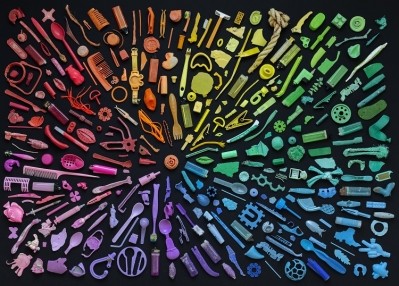UK takes on food waste with fresh labelling guidance

UK food regulators and food waste campaigners have issued new guidance on food labelling in a bid to tackle the 2m tonnes of food wasted in UK homes each year.
The Food Standards Agency, the Department of Environment, Food and Rural Affairs and sustainability NGO WRAP have joined forces to promote best practice in the choice and application of date labels as well as providing storage advice.
According to the groups, one-third of food waste is the consequence of how shoppers interpret existing gate labels.
The voluntary guidance targets food manufacturers and retailers. It aims to bring together recommendations that ensure food is safe and meets legal requirements as well as promoting effective storage and use.
In particular, confusing labelling is being highlighted as a chief cause of food waste in the home.
Environment Minister, Thérèse Coffey said: “We know that confusing labels can contribute to food waste by suggesting that edible items need to be thrown away sooner than is necessary.
“This new guidance will make packaging much clearer for consumers, saving them money and reducing waste.”
Changes include a call to use logos alongside text to advance consumer understanding of storage requirements. WRAP suggested the use of a snowflake label to show food can be frozen and a “little blue fridge” icon for foods that should be chilled.
“I encourage all food businesses, large and small, to use this guidance to help them put the right date mark on food and help to guide people on the refrigeration and freezing of products which are crucial to reducing the amount of edible food thrown away,” Coffey noted.
The guide builds on WRAP’s 2015 retailer survey, which found an overall ‘mixed-bag’ in food labelling and storage advice. WRAP reported that changes to products, packaging and labelling made in response to earlier recommendations avoided nearly 150,000 tonnes of food being wasted in 2015, saving families an estimated £400 million. Today’s publication carries forward this work in standardised industry guidance.
“A key way to help reduce household food waste is to give people as long as possible to use the food they buy. Labelling information can help with many aspects of this. Telling people clearly how long a product can be consumed once opened, and giving consistent and simple information about storing and freezing, will help people keep their food fresher for longer, and give more options to freeze the food and use it later- rather than binning food that could have been eaten,” Marcus Gover, CEO at WRAP explained.
WRAP is currently working with some of the UK’s largest food companies and manufacturers to help them implement changes across own brand and branded items.
Early signs of success include pasteurised fruit juices and hard cheeses switching from the use of ‘use by’ to ‘best before’ labels. WRAP also highlighted the use of ‘freeze on day of purchase’ is being replaced by best practice advice to ‘freeze before the date shown’, particularly on fresh meat.
Businesses are also examining whether the ‘open life’ of bagged salads can be extended as part of WRAP’s Courtauld Commitment 2025.
Food redistribution
WRAP also highlighted research that found food redistributed from retailers and manufacturers would be increased four-fold.
The organisation said its new labelling guidance contains recommendations that could help increase the likelihood that food surpluses are redistributed. It stresses, for example, that ‘Use By’ dates should only be included on foods where there is a risk of food becoming unsafe in a short period of time and for no other reason.
Increasing the use of ‘Best Before’ dates is important as foods carrying this date label can be redistributed, even after the date has passed as long as the food is still fit to eat, while ‘Use By’ items cannot.
The guidance also helps demonstrate that it’s perfectly legal to do so, which WRAP suggested currently not all organisations are clear about.



















